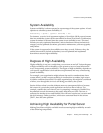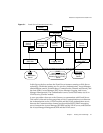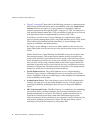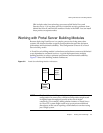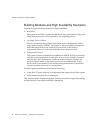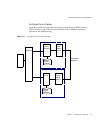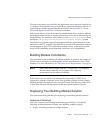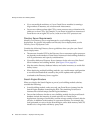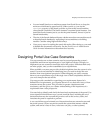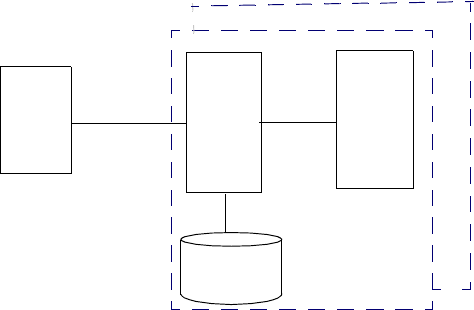
Working with Portal Server Building Modules
92 Portal Server 6 2005Q1 • Deployment Planning Guide
Best Effort
In this scenario, you install Portal Server and Directory Server on a single node that
has a secured hardware configuration for continuous availability, such as Sun Fire
UltraSPARC® III machines. (Securing a Solaris™ Operating Environment system
requires that changes be made to its default configuration.)
This type of server features full hardware redundancy, including: redundant
power supplies, fans, system controllers; dynamic reconfiguration; CPU hot-plug;
online upgrades; and disks rack that can be configured in RAID 0+1 (striping plus
mirroring), or RAID 5 using a volume management system, which prevents loss of
data in case of a disk crash. Figure 5-3 shows a small, best effort deployment using
the building module architecture.
Figure 5-3 Best Effort Scenario
In this scenario, for memory allocation, four CPUs by eight GB RAM (4x8) of
memory is sufficient for one building module. The Access Manager console is
outside of the building module so that it can be shared with other resources. (Your
actual sizing calculations might result in a different allocation amount.)
This scenario might suffice for task critical requirements. Its major weakness is that
a maintenance action necessitating a system shutdown results in service
interruption.
When SRA is used, and a software crash occurs, a watchdog process automatically
restarts the Gateway, Netlet Proxy, and Rewriter Proxy.
Browser
Portal
Server
Directory
Server
SSe
Se
s
Search
Engine
Database




